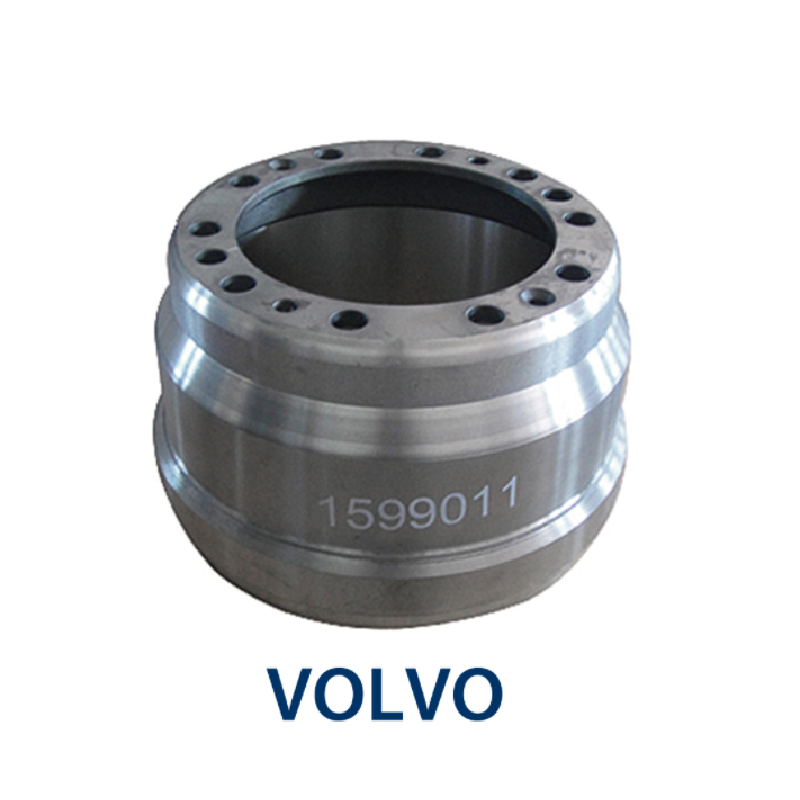Dec . 05, 2024 06:53 Back to list
convert brake drums to rear disc
Converting Brake Drums to Rear Discs An Overview
The debate over whether to stick with traditional brake drums or switch to more modern disc brakes often stirs a passion among car enthusiasts and everyday drivers alike. While many new cars come equipped with disc brakes all around, several older models still use drum brakes on the rear wheels. This article will explore the benefits of converting brake drums to rear discs, the process involved, and the considerations to take into account.
Understanding Brake Systems
To appreciate the advantages of a disc brake system, one must first understand how both drum and disc brakes function. Drum brakes consist of a circular metal drum that rotates with the wheel. Inside the drum, brake shoes press outward against the inside surface, creating friction to slow the vehicle. Although effective, brake drums can suffer from overheating, especially during heavy use, which leads to brake fade—a reduction in stopping power.
On the other hand, disc brakes utilize a metal disc (or rotor) that is attached to the wheel. Brake calipers house pads that squeeze the disc when the brake pedal is pressed, generating the necessary friction to slow the car down. Disc brakes are generally more effective at dissipating heat, making them less prone to fade and providing consistent stopping performance—a key consideration for drivers who demand reliability.
Benefits of Converting to Rear Discs
1. Improved Performance One of the primary reasons to convert from drums to discs is the noticeable improvement in braking performance. Disc brakes respond more quickly and provide better stopping power, particularly in wet conditions where drums can collect water and cause decreased efficiency.
2. Heat Dissipation Due to their design, disc brakes handle heat much better than drum brakes. This characteristic significantly reduces the chances of brake fade, allowing for more aggressive driving and better performance, especially during repeated high-speed stops.
3. Easier Maintenance Drum brakes often require more maintenance due to their enclosed design. Discs, on the other hand, are easier to inspect and replace. With components readily accessible, replacing worn-out pads and rotors is a less cumbersome task, saving time and money in the long run.
4. Enhanced Aesthetics For many car enthusiasts, the visual appeal of disc brakes is an added bonus. The appearance of a well-designed caliper and rotor can elevate the look of a vehicle, potentially increasing its value and enhancing its sporty character.
The Conversion Process
Converting to rear disc brakes is not a task to be taken lightly. It involves several steps and requires some mechanical knowledge. Here’s a basic overview of what the process entails
convert brake drums to rear disc

1. Choose a Conversion Kit Various aftermarket kits are available that include everything necessary for the conversion, including rotors, calipers, mounting brackets, and hardware. It's important to select a kit that is compatible with your vehicle’s make and model.
2. Remove the Existing Drum Brakes Start by safely lifting the vehicle and removing the wheels. The brake drum assembly, including shoes and springs, will need to be taken out.
3. Install New Components Following the manufacturer’s instructions, install the new brackets, calipers, and rotors. This may involve modifying the existing brake lines, so ensure proper fittings and connections to avoid leaks.
4. Bleed the Brake System After installation, the brake lines must be bled to remove air bubbles, ensuring optimal braking performance.
5. Test the System Before driving the vehicle extensively, conduct a thorough test of the braking system in a safe environment to ensure everything is functioning correctly.
Considerations Before Conversion
Before embarking on the journey to convert drum brakes to discs, drivers should consider a few factors
- Cost Conversion kits can vary significantly in price, so it's critical to budget for both parts and potential labor if professional help is needed.
- Vehicle Use Drivers who primarily use their cars for basic commuting may not require the enhanced performance that disc brakes provide, making the conversion less essential.
- Insurance and Regulations It’s wise to check with local regulations regarding modifications to braking systems, as well as discussing potential impacts with your insurance provider.
In summary, converting brake drums to rear disc brakes can lead to improved performance, enhanced safety, and easier maintenance. While it may require an investment in time and money, the benefits often outweigh the costs, making it a worthwhile upgrade for many drivers. Whether you are seeking better performance on the track or greater reliability on the road, this conversion can significantly enhance your vehicle's braking capabilities.
-
Scania Brake Drums: OEM Quality for Optimal Safety & Durability
NewsAug.16,2025
-
R.V.I: Advanced Remote Visual Inspection for Precision
NewsAug.15,2025
-
Discover HYUNDA: Innovative Vehicles, Equipment & Solutions
NewsAug.14,2025
-
R.V.I: Unlock Advanced Insights & Real-time Performance
NewsAug.13,2025
-
Kamaz Brake Drum: Durable & Reliable for Heavy Duty Trucks
NewsAug.12,2025
-
Heavy Duty Iveco Brake Drum - Premium Quality & Safety
NewsAug.11,2025
